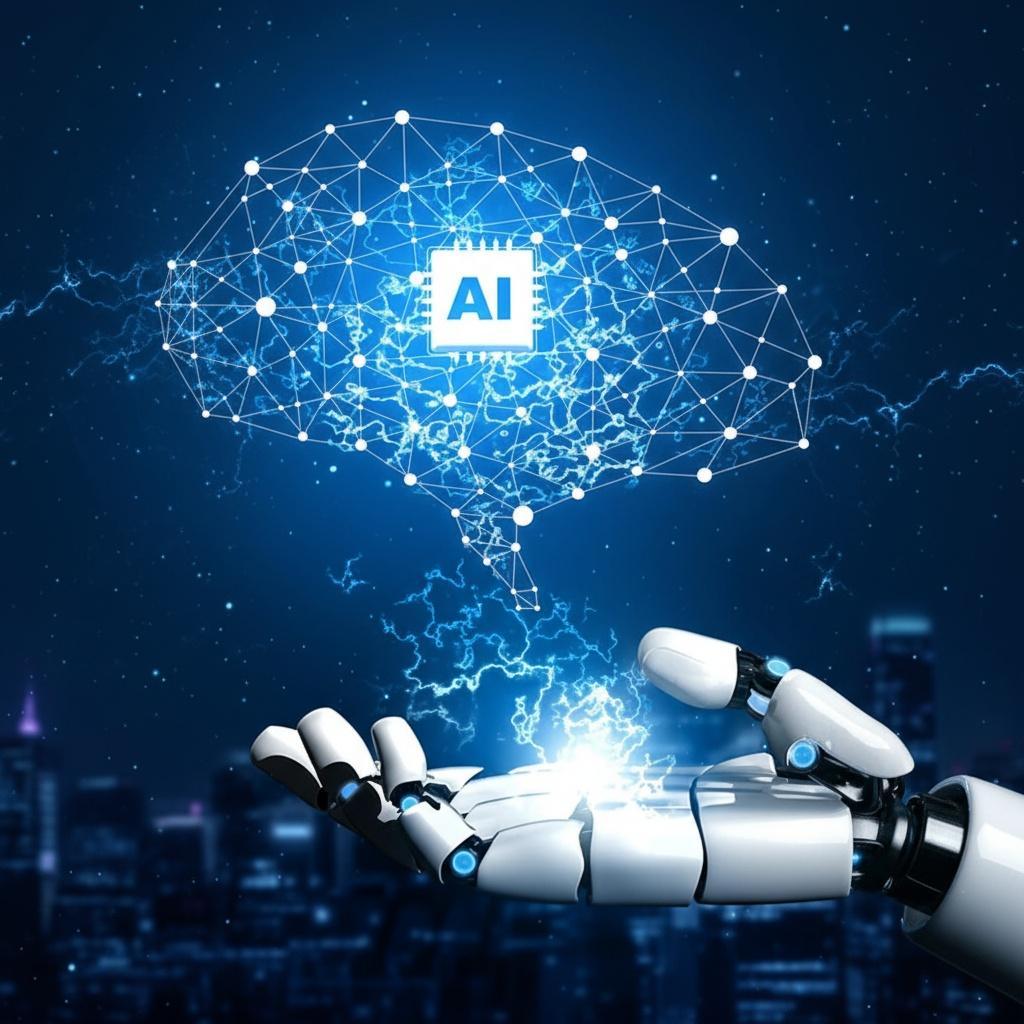As artificial intelligence (AI) continues to revolutionize industries, it reshapes the job market by blending traditional roles with new technical demands. The future workforce will increasingly require professionals who can wear multiple hats—merging skills in creativity, coding, data analysis, and interpersonal communication. This multi-disciplinary approach will be key to thriving in a world where AI automates routine tasks but cannot fully replicate human ingenuity and emotional intelligence.
Emerging Multi-Hat Roles in the AI Era
AI’s rise is driving demand for hybrid roles that combine diverse skill sets. For example, a Data Analyst + Storyteller not only interprets complex datasets using tools like Python or R but also crafts compelling narratives that guide business strategy and decision-making. Similarly, a Marketer + Prompt Engineer leverages AI-assisted marketing platforms while injecting creativity and psychological insight to build resonant campaigns.
In digital product development, Designer + Coder roles are expanding. These professionals blend UX/UI design sensibility with front-end coding expertise and familiarity with AI-driven tools to create seamless, user-friendly applications.
Human resources is also evolving with hybrid roles like HR Professional + Data Scientist, where data analytics inform hiring processes without losing sight of ethical considerations and emotional intelligence. Similarly, Journalist + Fact-Checker roles have grown crucial to validate AI-generated content and maintain journalistic integrity.
Key Skills Driving Multi-Hat Careers
Several skills emerge as especially valuable across future jobs. Technical prowess in AI, machine learning, and big data analytics remains essential but must be paired with strong business acumen and ethical judgment. Creativity and storytelling are critical for communicating complex ideas and engaging diverse audiences effectively.
Moreover, emotional intelligence—empathy, negotiation, team leadership—remains a uniquely human asset that enables roles demanding trust and nuanced interactions. Adaptability and a commitment to continuous learning are also fundamental as workers navigate evolving AI tools and shifting industry demands.
Jobs at Risk and Roles That Endure
AI is most likely to disrupt repetitive and routine knowledge work, such as basic translation, some writing, or entry-level customer service, where automation can efficiently replace human labor. However, roles requiring complex problem-solving, manual dexterity, or deep creative and interpersonal skills are more resilient.
Professions in healthcare, education, skilled trades, advanced marketing, and legal practice exemplify roles that integrate technical knowledge with human judgment and creativity, thereby maintaining strong demand despite AI advancements.
Conclusion: The Future of Work Is Multi-Skilled
The future job landscape shaped by AI will favor professionals who integrate multiple competencies—technical, creative, and interpersonal—into versatile roles. Success will increasingly depend on the ability to synergize human strengths with AI capabilities, highlighting the importance of lifelong learning and flexibility. By cultivating multi-hat skills, workers can position themselves for more secure, rewarding careers that leverage the best of both human and machine intelligence.






